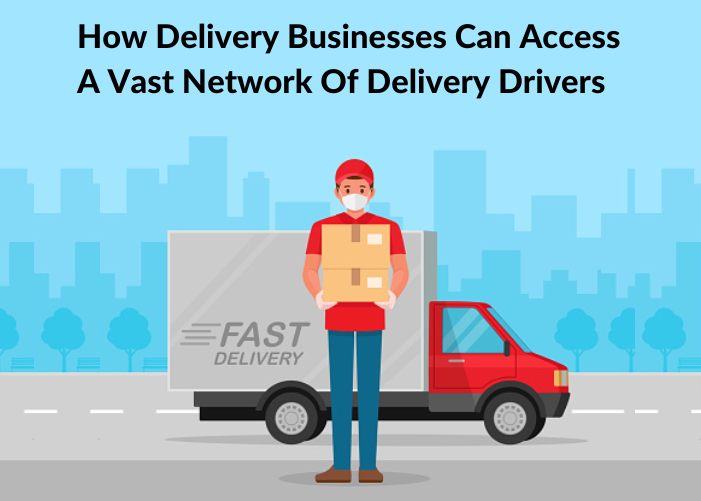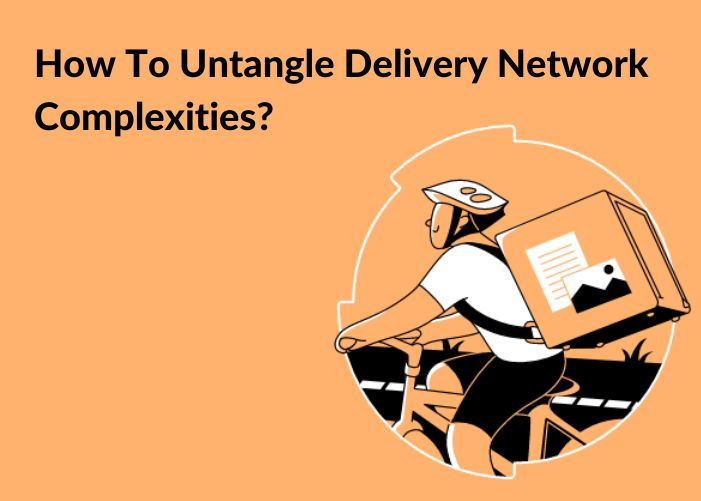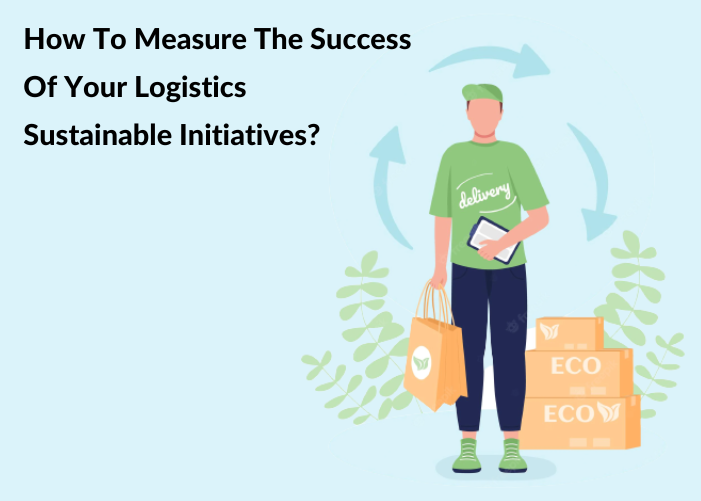1) The Delivery Model: As the second decade of this century progressed, the world increasingly adopted the “Delivery Model.” Due to the explosion of e-commerce, there was an exponential increase in the number of product categories that could now be delivered to your doorstep! right from the traditional “order online” categories like apparel, footwear, cellphones, groceries, food items, and electronic gadgets to newer categories like garden equipment, furniture, and even cars! Everything was available—via delivery—at your doorstep!
Spurred by the rapid improvement in logistics, distribution, and supply-chain management, tech behemoths like Amazon and Whole Foods led the charge in the delivery business by offering hitherto unbelievable delivery times like same-day delivery and 24-hour delivery. Over time, such quick delivery times became the norm. Now, if you were in the online-business category, you needed to adhere to such delivery timelines.
2) The COVID-19 pandemic: Circa March 2020, the pandemic engulfed the world. We were now mandated to remain indoors, stay out of physical contact, and live physically isolated lives! Under such a scenario, the home delivery model became our go-to solution for, well, everything! We relied solely on the delivery model for months.
3) The Unsung Hero: The Delivery Drivers Throughout all of this change, as the delivery model has proliferated in our lives—with improved tech usage, logistics, and order tracking, a plethora of product categories, and simple payment options—there has been one quiet constant that has often gone unnoticed—the dependable driver who delivers your package!
At the end of the day, it is the driver of the vehicle that ultimately executes all the planning, the projections, the promised delivery times, etc. He works long hours, stays away from home and family for prolonged periods, does his job through inclement weather and traffic conditions, and, importantly, forms the face of your brand or company to your end customer because it is the driver (delivery agent) that they see.
And now, with the rapid increase in demand for deliveries around the world, the demand for drivers has gone up exponentially. And remember, they must be tasked with following the required driving safety protocols. After all, safety is paramount.
Driver shortages have resulted in companies exploring various models of employment to use and retain drivers. The list is constantly changing, and it includes everything from being on an exclusive company payroll to part-time drivers to freelancers to being employed by a 3rd party vendor who works on contract jobs for clients. And, now that several of these drivers are taking on a “side hustle,” i.e., additional driving jobs on their own time, the “ethics of moonlighting” debate is an ongoing one…
4) Building an extensive network of drivers: Well, the first step in building an extensive network of drivers that you can use is to put the word out there.
To hire delivery drivers, posting job openings on leading job platforms is the first step. Be sure to use large platforms (e.g., LinkedIn) but also use local job portals—a combination is always the best approach.
Naturally, your requirements for drivers will vary depending on the type of logistics and delivery business that you run. Assuming you are a large logistics and delivery company that maintains a sizeable fleet and drivers, you will have several requirements.
Mention all your requirements clearly. For example, whether you need full-time or part-time payroll drivers, or a certain number of hours per week or month, remuneration (and so on) is a natural starting point for your posts. Other points to keep in mind while posting your openings are:
- Will the driver be required to use their own vehicle?
- The licenses or permits that the driver and his vehicle need to have (e.g., will they drive a long-haul truck?)
- What are your payment terms and procedures?
- Will you reimburse the driver for fuel consumed?
- Will they be exclusive to your company or can they take on additional work in the time that they aren’t on duty?
- How many years of driving experience should they have already?
- What are the work hours? How many hours or deliveries per day do you need? What are the weekly offs?
- Will they drive the same routes or will the routes keep changing?
- Insurance: What types of insurance do you need (or provide)? Who pays the premium?
Smaller businesses that are growing may be able to retrain (or shift) existing employees to work as delivery drivers. For example, during COVID-19, several small businesses that pivoted into a D2C model were actually able to retain some (if not all) of their existing payroll employees by using them as delivery drivers.
5) Paying your drivers: How you pay your drivers (e.g., per hour, per day, per delivery made, etc.) has a significant impact not only on your company’s cash flow (and profitability) but also on their motivation.
As you work through the calculations, be sure to keep the most important thing in mind: you must compensate your drivers fairly.
Using data from the Bureau of Labor Statistics, industry benchmarks, competitive salaries, etc., are good ways to ensure that your wages are competitive and that you will attract a good quality of drivers.
Going that extra mile: Additionally, you must also do everything possible to provide them with an encouraging work environment and a sense of belonging. That is not achieved purely by monetary compensation; other factors like training, team building, perks, and benefits for their spouses and children (for example, family health insurance premiums) are equally valuable.
Remember, your drivers are invaluable members of your team. They are often unappreciated and expected to perform their duties under difficult conditions. Conversely, a solid set of fleet drivers is a huge asset for your company and an important part of maintaining on-time deliveries…
6) Case Study: Driver Payment Methods Impact Performance
You must accurately assess your business model and pay your drivers accordingly. Otherwise, you are likely to see problems like indifferent performances, some drivers making more than their fair share, etc.
Situation: Delivery firm E-Transporters began their business by paying drivers a daily flat rate. Soon, several issues developed.
- The drivers figured that they got paid the same daily fee regardless of the number of deliveries they completed during the workday. Thus, they slacked off and had limited motivation for completing their daily deliveries.
- Friction developed because, while all drivers took home the same pay, some worked much harder than others (e.g., some drivers constantly maneuvered tougher routes than others).
Action: Realizing this, the company soon changed its flat-rate payout to payment-per-delivery. They also factored in other elements such as easy routes, traffic congestion, etc.
Result: There was a significant improvement in overall driver performance. The tension that had developed between the drivers was also alleviated.
Conclusion: As is evident, building and maintaining an extensive network of delivery drivers is critical to your business. To make sure that you get the most out of their work hours, you must also use modern tech tools like delivery software for route optimization.




